Top Things to Know Before Buying Indoor Plant Compost: A Guide to Thriving Green Companions
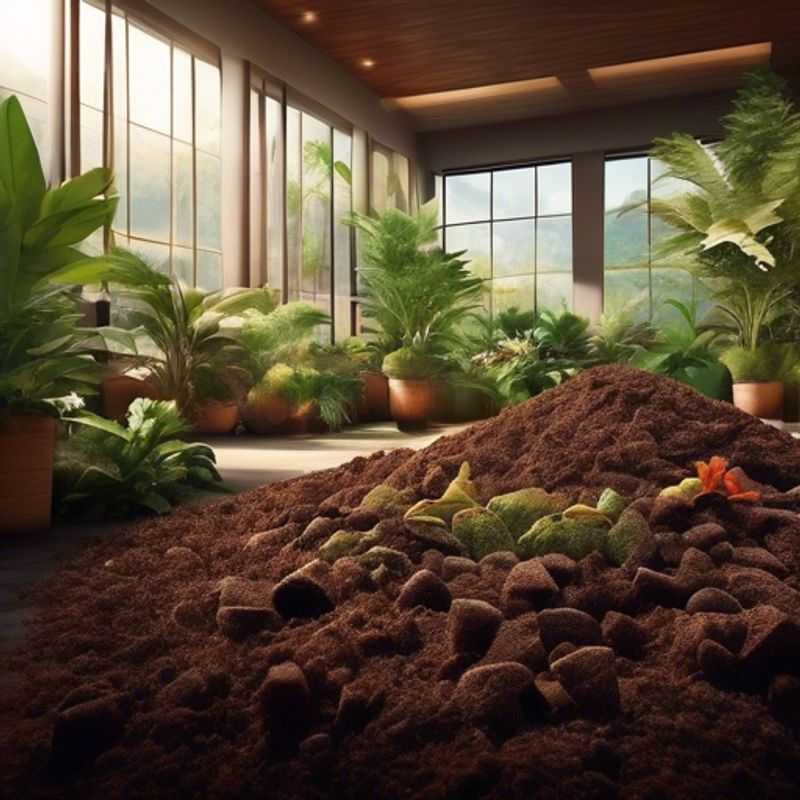
Top Things to Know Before Buying Indoor Plant Compost: A Guide to Choosing the Right Blend
Ah, the world of indoor plants!
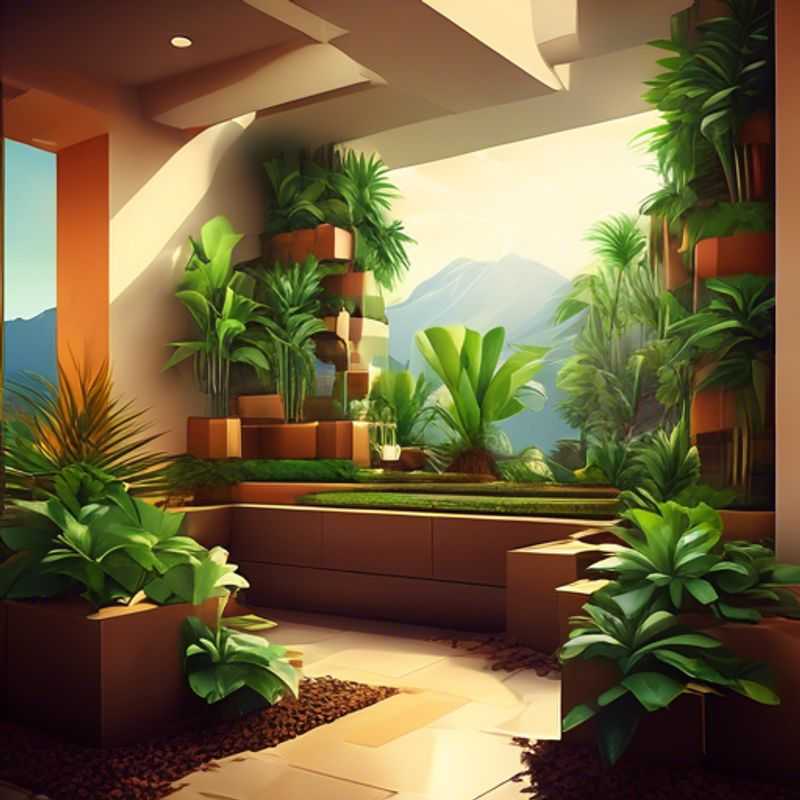
Decoding Your Plants' Needs: Choosing the Right Compost for Indoor Greenery
Choosing the right compost for your indoor plants is crucial for their growth and health. Different plants have different needs, and understanding these needs will help you select the most suitable compost.
Consider the following factors:
Plant Type: Some plants prefer airy, well-draining compost, while others thrive in rich, moisture-retentive mixes. For example, succulents need a free-draining compost, while orchids prefer a more airy mixture with bark and other materials.
Growth Stage: Seedlings and young plants often need a lighter compost with a higher proportion of fine particles, while mature plants might benefit from a denser, nutrient-rich blend.
pH Levels: Certain plants thrive in acidic or alkaline soil. For example, azaleas and rhododendrons prefer acidic compost, while roses prefer a slightly alkaline environment.
Drainage: Good drainage is essential for most indoor plants. Look for compost that contains ingredients like perlite, vermiculite, or coco chips, which enhance drainage and aeration.
Nutrient Content: Choose a compost with nutrients that are suitable for your plant's needs. For example, plants that flower heavily need a compost rich in phosphorus, while leafy green plants require more nitrogen.
Compost Type: There are different types of compost available, such as peat-based, multi-purpose, and organic compost. Peat-based compost is widely available, but it has environmental concerns. Multi-purpose compost is generally suitable for a wide range of plants, while organic compost is a more sustainable choice.
By considering these factors, you can choose the right compost to meet the specific needs of your indoor plants.
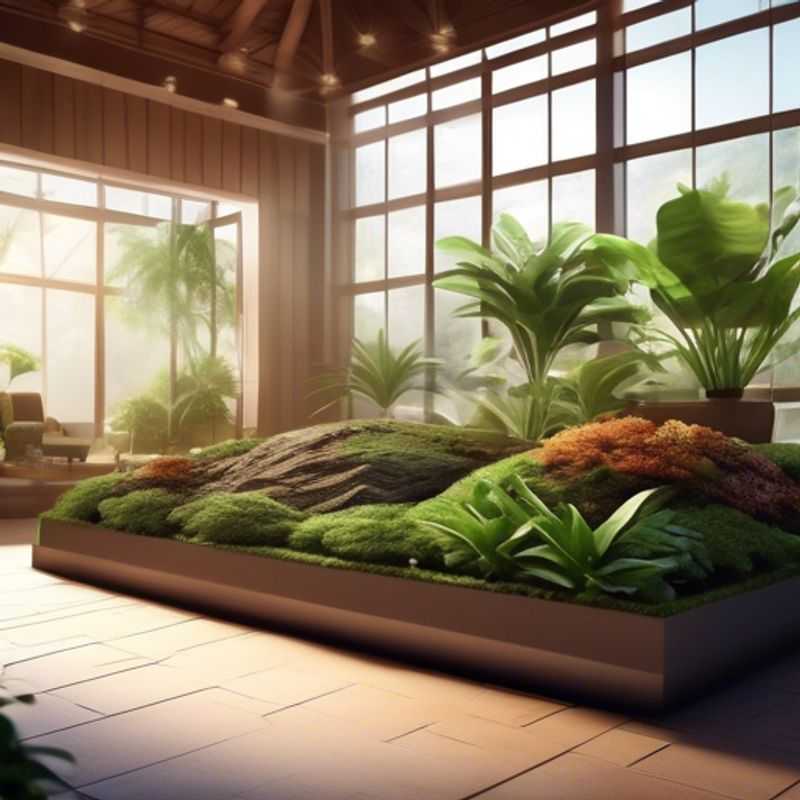
Compost for Indoor Plants: Why "Indoor" Matters
Choosing the right compost for your indoor plants is crucial for their health and growth. Look for compost specifically formulated for indoor plants, as these often have added nutrients tailored to their needs. These nutrients can include macronutrients like nitrogen (N), phosphorus (P), and potassium (K), which are essential for plant growth. You can usually find these nutrients listed on the packaging as N-P-K ratios, for example, 10-10-10. The specific ratio may vary depending on the plant's needs. Additionally, consider the compost's moisture retention properties, ensuring it drains well to prevent root rot. Compost with good drainage is also vital for indoor plants. Also, consider the pH level of the compost, as most indoor plants prefer a slightly acidic pH (around 6.0-6.5). You can usually find this information on the product label.
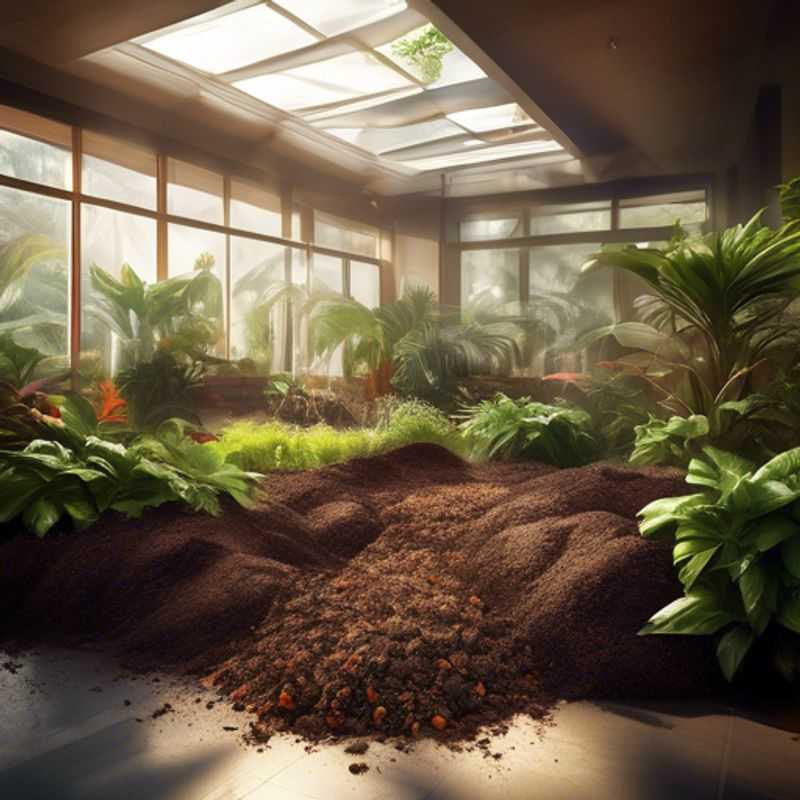
Compost pH: Matching Your Plants' Needs for Thriving Growth
Compost pH is a vital factor in plant growth. Each plant species has a specific pH range it thrives in, known as its ideal pH range . For example, blueberries flourish in acidic soil (pH 4.5-5.5), while roses prefer slightly acidic to neutral soil (pH 6.0-6.5).
If your compost's pH doesn't align with your plant's needs, nutrient uptake can be hindered. This can lead to stunted growth, yellowing leaves, and overall plant health issues.
Here's a tip: Regularly test your compost pH using a simple home pH testing kit. This will ensure your plants receive the optimal nutrients for healthy growth.
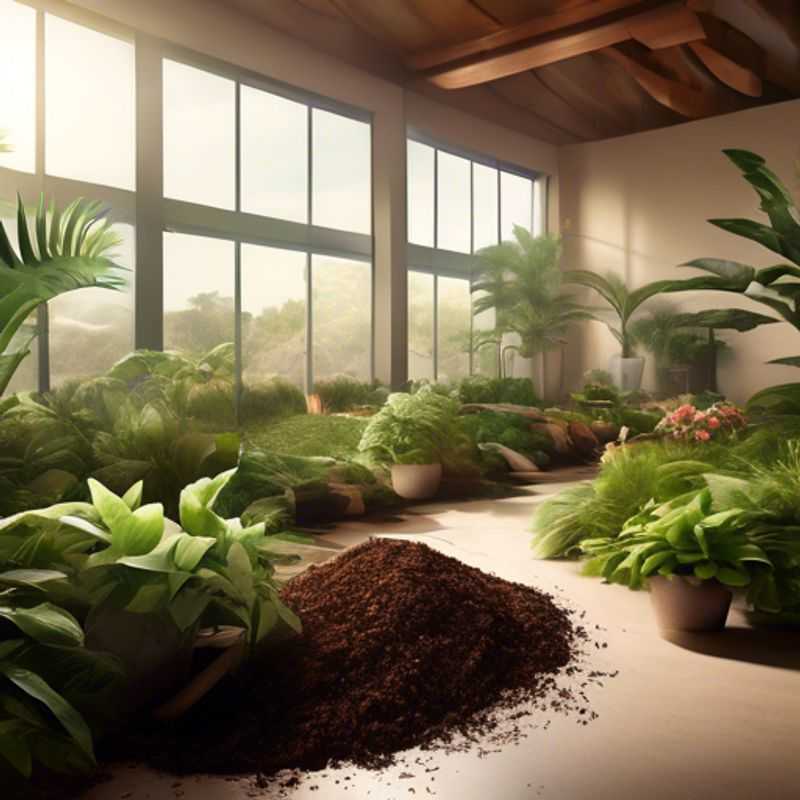
Compost Check: Texture and Drainage for Waterlogging Prevention
Waterlogged compost is a common issue, but it's preventable. Checking the texture and drainage properties of your compost is key to a healthy and productive garden. Think of compost as a sponge: it needs to retain moisture, but not be soaked.
Compost should have a crumbly texture, similar to a good potting mix. It should drain freely, allowing excess water to pass through. If your compost feels heavy, compacted, or has puddles on the surface, it's likely waterlogged.
Here are a few tips to prevent waterlogging:
1. Use well-draining materials: Materials like wood chips, shredded leaves, and straw are good choices for compost. Avoid using materials that hold too much water, like grass clippings or kitchen scraps.
2. Add aeration: Mix in materials like wood chips or shredded leaves, which help increase air circulation and drainage.
3. Avoid overwatering: Water your compost sparingly and only when the surface feels dry.
4. Ensure proper drainage: The compost bin should be located on a slope or have a drainage system to allow excess water to escape.
Waterlogged compost can lead to anaerobic conditions, which can cause odor and kill beneficial microorganisms. By taking steps to prevent waterlogging, you'll ensure your compost is thriving and providing your garden with the nutrients it needs.
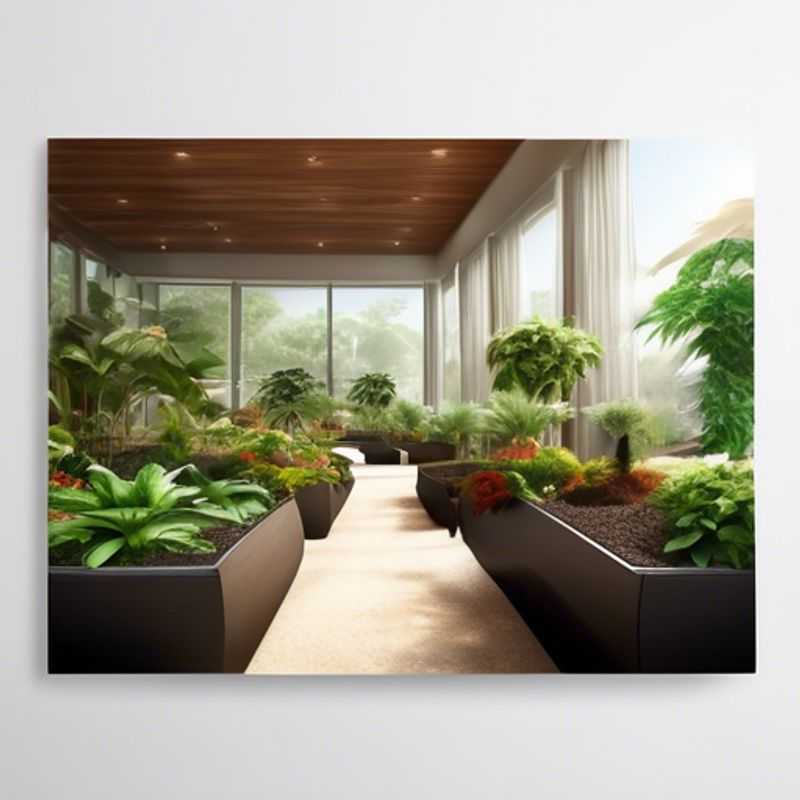
Read the Labels Carefully: Ensuring Your Compost is Free from Harmful Additives
Composting is a great way to reduce waste and enrich your garden soil, but it's essential to be mindful of what goes into your compost bin. Read the labels carefully to ensure the compost is free from any harmful additives.
Compost should be made from natural materials like food scraps, yard waste, and paper products. Avoid using compost that contains chemicals, pesticides, or other harmful substances. These additives can harm your plants and the environment.
Look for compost labeled as "organic" or "certified organic." This indicates that the compost has been produced using sustainable practices and is free of harmful additives. Some compost brands may also list their ingredients on the label, allowing you to ensure that they are safe and suitable for your garden.
It's always best to err on the side of caution. If you're unsure about a particular compost, contact the manufacturer or a local gardening expert for further information.
By choosing compost wisely and using it responsibly, you can create a healthy and thriving garden while contributing to a sustainable future.
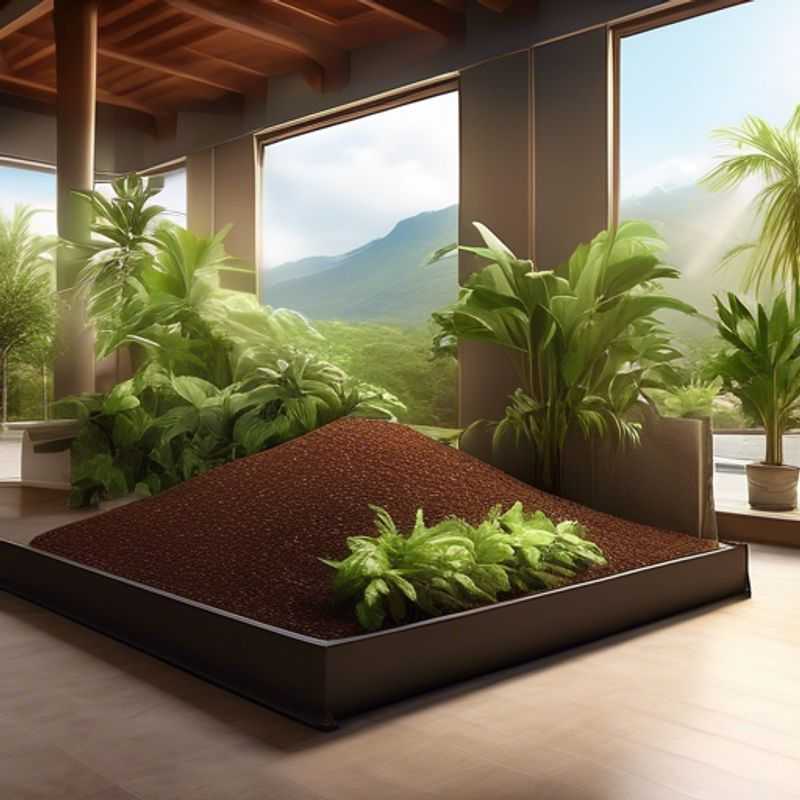
Compost for a Greener Garden: Choosing Natural, Organic Materials
Compost is a valuable resource for gardeners and sustainable living, offering a natural alternative to chemical fertilizers. Opting for compost made from natural, organic materials is not just good for your plants but also for the environment. When choosing compost, consider the source and ingredients. Look for compost made from readily available materials such as kitchen scraps, yard waste, and manure. These materials decompose naturally, enriching the soil with essential nutrients and improving soil structure. Avoid compost that contains synthetic materials, chemicals, or treated wood, as these can harm your plants and the environment.
By choosing compost made from natural, organic materials, you're not only nurturing your garden but also supporting a more sustainable way of life. Composting reduces the amount of waste going to landfills, conserves resources, and promotes healthy soil. While composting can be a rewarding experience, it's important to be mindful of the potential costs. Compost can be purchased at garden centers or online, with prices varying based on volume and type. Composting at home can require an initial investment in a composting bin or system, but this can be offset by the long-term savings on fertilizer and soil amendments.
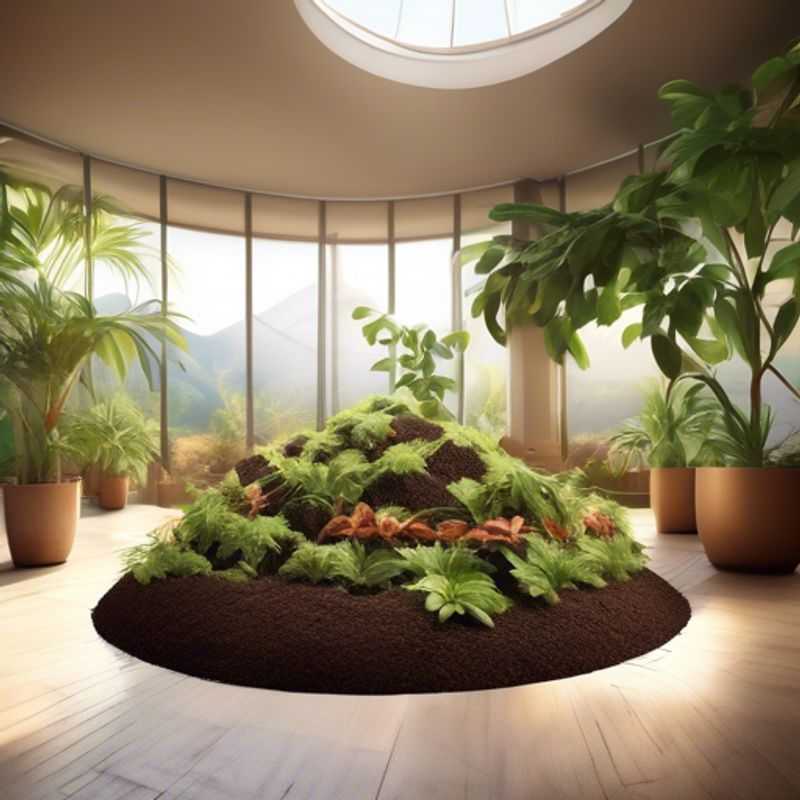
Compost Care: Keeping Your Kitchen Scraps Happy and Healthy
Storing compost properly is crucial for maintaining its quality and freshness. The key is to keep the compost moist but not soggy, and to provide adequate aeration. A well-ventilated container or bin is ideal, as it allows for air circulation and prevents anaerobic conditions that can lead to foul odors and reduced decomposition.
Important tips:
- Maintain a balanced moisture level: Compost should be damp but not dripping wet. Too much moisture can lead to anaerobic bacteria, which produce foul odors and slow down decomposition. A simple test is to squeeze a handful of compost; if water drips out, it’s too wet. If it’s dry and crumbly, add some water.
- Provide adequate aeration: Ensure the compost bin has enough air circulation. You can turn the compost regularly to aerate it and help break down the materials.
- Store in a shaded location: Direct sunlight can dry out compost, so storing it in a shaded area helps maintain moisture levels.
By following these simple tips, you can ensure that your compost stays fresh, odor-free, and ready to use in your garden. For more detailed information on compost storage and management, consult online resources and gardening guides.
